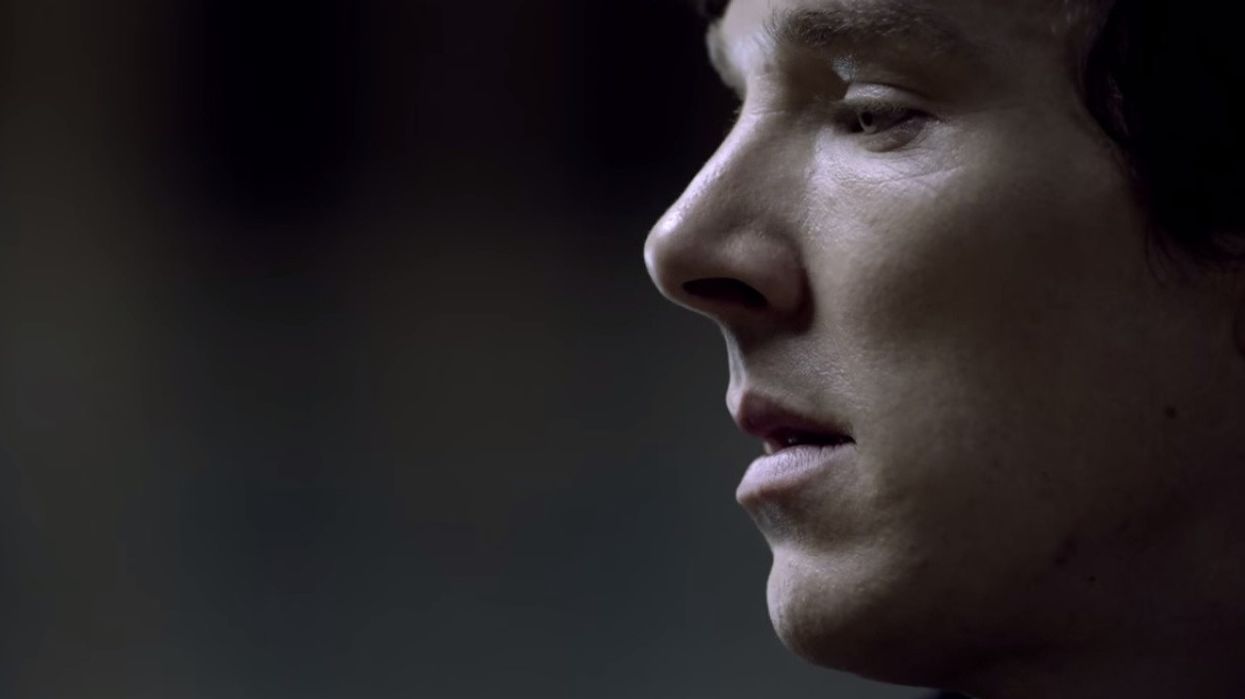How 'Sherlock' Masterfully Solves Mysteries Using Cinematography and Editing
How do you tell your audience what a character is thinking using only cinematography and editing?

We work in a visual medium, which can be a bit of a problem when trying to reveal the thoughts of a character, especially if those thoughts belong to the greatest gumshoe in history, Sherlock Holmes. This video essay by Evan Puschak of Nerdwriter shows you how the filmmakers on hit TV show Sherlock use framing, camera movement, and clever editing techniques to let audiences in on the complex mystery solving process of the titular character. Check it out below:
Perhaps the quickest way to tell an audience what a character is thinking as they're solving complicated mysteries of logic is to just tell them; just slap an internal monologue voice over on the timeline and you're done. Now, even though I'm like the rest of the world who could listen to Benedict Cumberbatch speak non-stop forever with that "jaguar hiding in a cello" voice of his, that approach to dispensing information isn't all that interesting cinematically.
That's why the Sherlock crew is so awesome, because instead of reaching for the immediate answer to this question, they search far and wide for something that not only provides a solution, but elicits audience engagement. It's like when you ask a kid what they want to be when they grow up and they respond with "dinosaur doctor." "Doctor" would've been great and exciting, but the other is just way better because you're forced to use your brain to visualize how that would work. (Does the little tyke want to provide medical care to extinct animals or do they want to practice medicine as a stegosaurus?)
Sherlock forces us to engage with the material, to really think about the information that is being so unconventionally given to us. This approach actually allows us to think like the famous sleuth, to try and figure out what it is we're seeing, to solve mysteries, only these aren't centered around murders and disappearances, but around diegetic time and space.
Source: Nerdwriter












